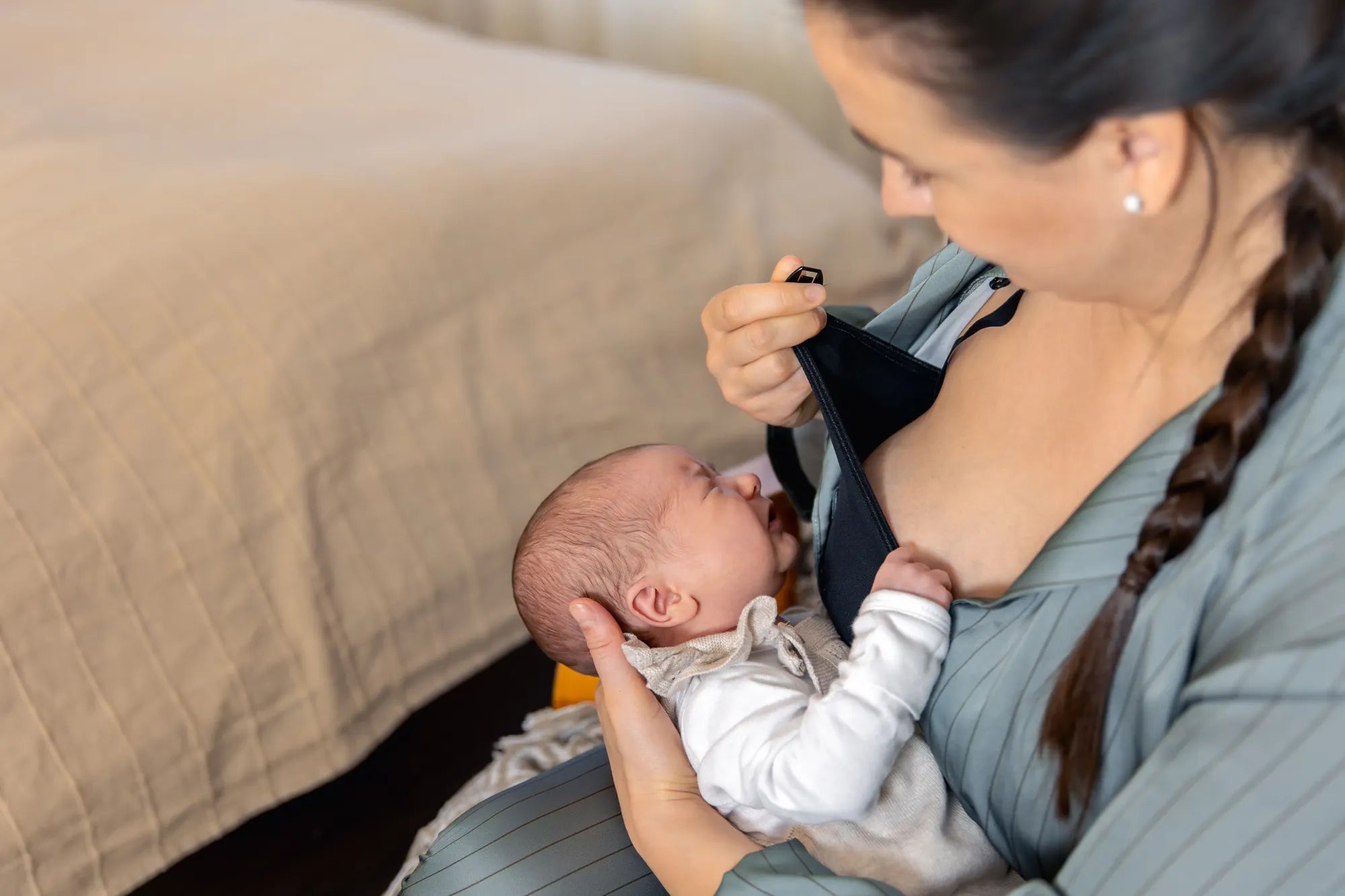Home
Pregnancy, Breastfeeding, and Pumping: The Ultimate Guide for Moms
How to Use Breast Pump for Beginners: A Comprehensive Guide

How to Use Breast Pump for Beginners: A Comprehensive Guide
For new mothers, learning how to use a breast pump can feel overwhelming. However, with the right guidance, it can become a seamless part of your daily routine. This article will walk you through everything you need to know to get started, from preparation to troubleshooting common issues.
Understanding the Basics
Before diving into the practical steps, it's essential to understand what a breast pump is and how it works. A breast pump is a device that helps extract milk from the breasts, making it easier to store and feed your baby when direct breastfeeding isn't possible. There are different types of breast pumps, but the basic mechanics remain the same.
Preparing Your Breast Pump
Preparation is key to a successful pumping session. Start by ensuring that all parts of the breast pump are clean and sterilized. Follow the manufacturer's instructions for assembly, making sure everything is securely in place. It's also a good idea to have a comfortable, quiet space where you can relax during the process.
Getting Comfortable
Comfort is crucial when using a breast pump. Find a comfortable chair or seat where you can sit upright. Some mothers find it helpful to have a pillow for support. Make sure you have everything you need within arm's reach, such as a glass of water, a snack, and a blanket if you tend to get cold.
Starting the Pumping Session
Begin by placing the breast shield over your nipple, ensuring it fits snugly but comfortably. Turn on the pump and start with the lowest suction setting. Gradually increase the suction to a level that feels effective but not painful. It's normal to feel a slight tugging sensation, but if you experience pain, reduce the suction immediately.
Maintaining a Routine
Consistency is important when using a breast pump. Try to pump at the same times each day to establish a routine. This helps your body get used to the schedule and can increase milk production. Most mothers find it helpful to pump every 2-3 hours, especially in the early weeks.
Storing Breast Milk
Proper storage of breast milk is essential to maintain its quality. Use clean, sterilized containers or bags specifically designed for breast milk storage. Label each container with the date and time of pumping. Freshly pumped milk can be stored in the refrigerator for up to 4 days or in the freezer for up to 6 months.
Cleaning and Maintenance
After each use, disassemble the breast pump and clean all parts that come into contact with breast milk. Use warm, soapy water and a brush to remove any residue. Rinse thoroughly and allow the parts to air dry on a clean towel. Regular maintenance ensures the pump remains hygienic and functions properly.
Troubleshooting Common Issues
It's not uncommon to encounter issues when using a breast pump. If you experience low milk output, try adjusting the suction settings or pumping for a longer duration. Pain or discomfort may indicate an improper fit of the breast shield or too high suction. Always refer to the user manual for specific troubleshooting tips.
Tips for Success
Here are some additional tips to make your pumping experience more effective and enjoyable:
- Stay hydrated and maintain a healthy diet to support milk production.
- Use relaxation techniques, such as deep breathing or listening to calming music, to help letdown.
- Consider using a hands-free pumping bra to make the process more convenient.
- Don't hesitate to seek support from lactation consultants or other breastfeeding mothers.
Mastering how to use a breast pump as a beginner may take some time, but with patience and practice, it can become a valuable tool in your breastfeeding journey. By following these steps and tips, you'll be well on your way to a successful and stress-free pumping experience.
Share

